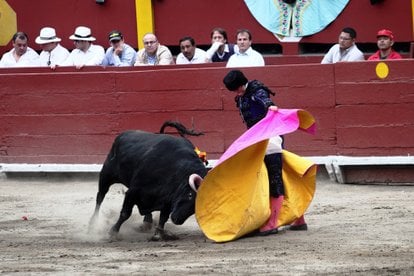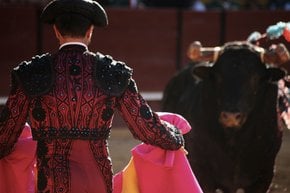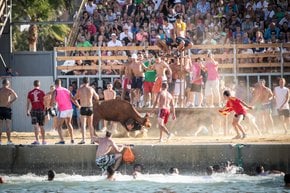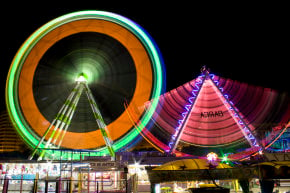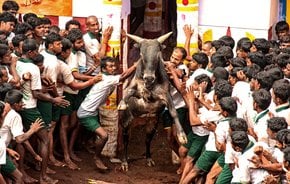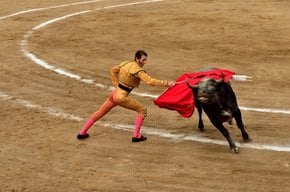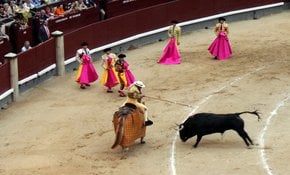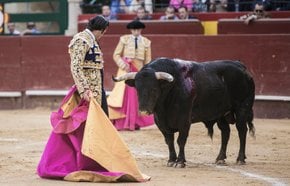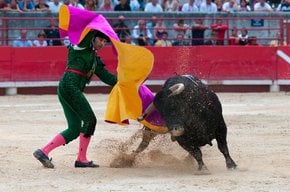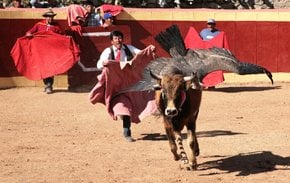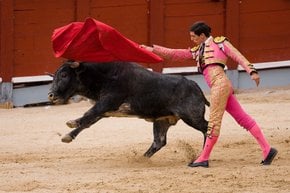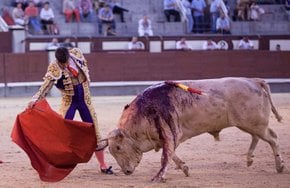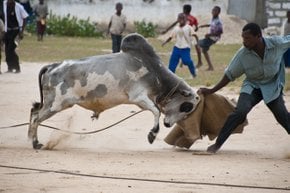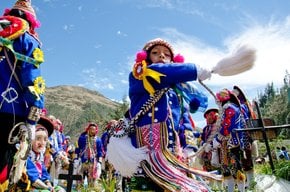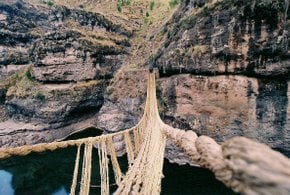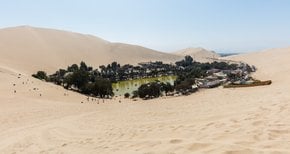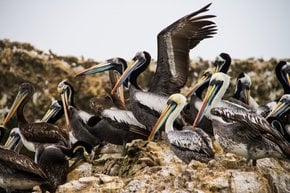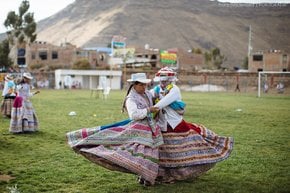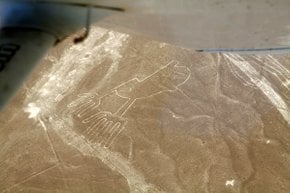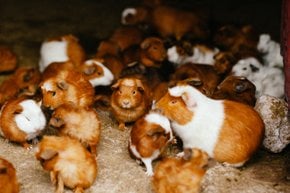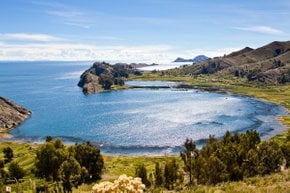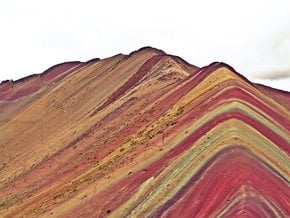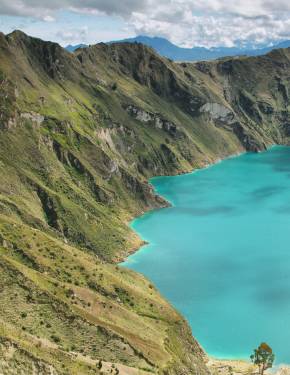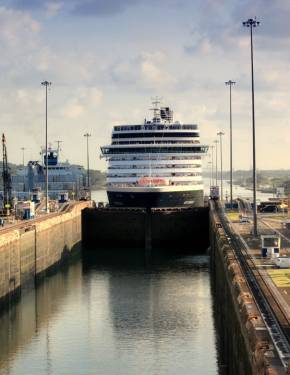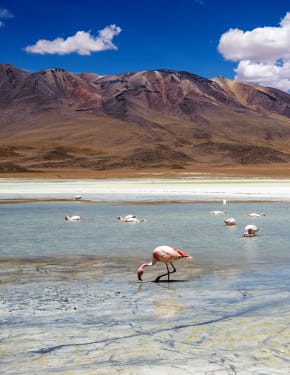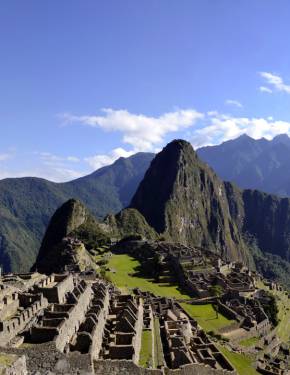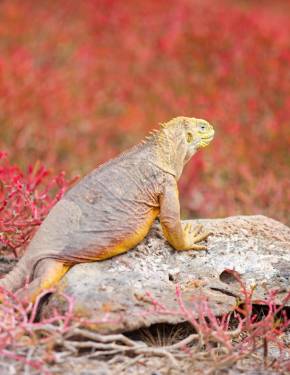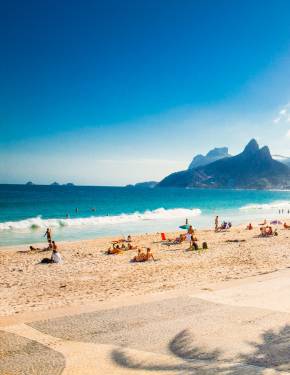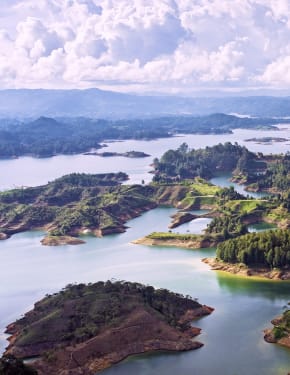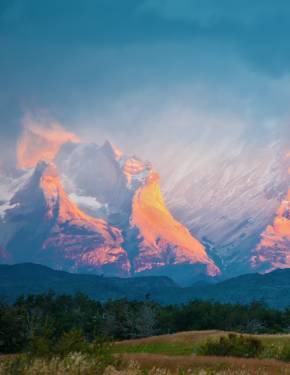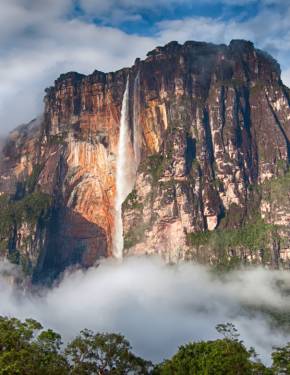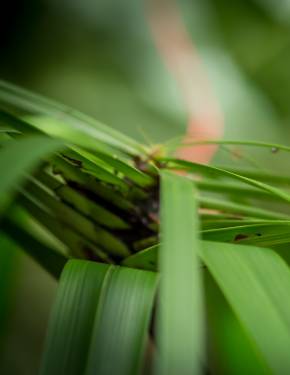Bullfighting Season in Lima 2024, Peru
This show isn't for the faint-hearted, but for some, this tradition is a work of art
Dates: October 27–November 24, 2024
Every November, Lima, Peru, becomes the center of a centuries-old spectacle that attracts both admirers and critics: the bullfighting season. The Feria Taurina del Señor de los Milagros, held at Plaza de Acho, stands as the most prestigious bullfight event in Peru. This tradition draws prominent matadors from Spain, Mexico, and Peru to face off against the powerful bulls, bringing both excitement and controversy to the city.
Activities and What to Expect
The bullfighting season in Lima features four consecutive Sundays filled with performances from renowned toreros. The Plaza de Acho will host bulls from different ganaderías, such as San Pedro, Salamanca, and Núñez del Cuvillo, adding variety to the performances. Each bullfight is a carefully choreographed affair, which features matadors, picadors, and banderilleros working together to exhibit their expertise. According to the organizers, these performances are among the most well-regarded in the world, with the Plaza de Acho providing an atmosphere rich in history and culture. The fights are typically split into three stages, each showcasing different aspects of bullfighting, ultimately concluding with the matador's final performance.
Schedule and Program Details
The performances begin in the early afternoon and usually last for several hours. The 2024 season kicks off on October 27 with matadors Juan Carlos Cubas, David Galván, and Jesús Enrique Colombo, featuring bulls from San Pedro and Salamanca. On November 2, Julio Alguiar, Pedro Luis, and Joaquín Caro will perform, facing bulls from Ciro Neyra. November 3 will see Enrique Ponce and Joaquín Galdós take the stage with bulls from El Pilar. On November 10, Miguel Ángel Perera, Alfonso De Lima, and Borja Jiménez will showcase their skills against bulls from Núñez del Cuvillo. The season will conclude on November 17 with performances by Sebastián Castella, José María Manzanares, and Andrés Roca Rey, with bulls again from Núñez del Cuvillo.
Tickets and Seating Information
Ticket prices for the Lima bullfights range from approximately 480 to 2,960 Peruvian soles, depending on the seating location and sun exposure. According to the organizers, seating is divided into different categories, including sun, shade, and mixed areas. Seats in the sun are generally more affordable but can become uncomfortable due to the November heat, while shaded seats are the most premium and offer a more comfortable experience. Given the popularity of these events, it is recommended to purchase tickets in advance, as many shows tend to sell out. Ticket sales are available both online and in person, with physical pickup points at Jirón Monterrey 373, Surco, and Malecón de la Reserva 615, near the main entrance of the Marriott Hotel.
Location and Nearby Attractions
Plaza de Acho, located in the historic Rímac district, is the main venue for the bullfighting season. It is not only the oldest bullring in the Americas but also the third oldest in the world, after the Real Maestranza in Seville and the Coso de la Misericordia in Zaragoza. Visitors can take time to explore nearby attractions, including the Rímac neighborhood, with its colonial architecture, and the bustling streets of downtown Lima, which are a short distance away.
The Plaza itself, with a seating capacity of around 13,000, is an impressive architectural landmark, reflecting the influence of Spanish colonialism on Peruvian culture. Its proximity to the historic center of Lima also provides visitors with easy access to significant cultural sites like the Plaza Mayor and the Convent of San Francisco.
Historical Background
Bullfighting in Peru dates back to the Spanish colonial period. The first recorded bullfight in Lima occurred in 1538, shortly after the Spaniards conquered the region. As time went on, bullfighting became an integral part of various celebrations, initially enjoyed by the Spanish elite but eventually embraced by the local population, including indigenous people and African slaves.
The Plaza de Acho was inaugurated in 1766, and since then, it has been the heart of bullfighting in Peru. Even after the country gained independence from Spain in 1821, bullfighting continued to thrive, often incorporated into religious and local festivities. Today, Peru is considered the third most important bullfighting country in the world, after Spain and Mexico, and the tradition remains deeply embedded in its cultural fabric.
Bullfighting in Modern Peru
Despite its popularity, bullfighting remains a highly controversial practice. Supporters argue that it is a cultural tradition that must be preserved, while opponents see it as a cruel and outdated spectacle. Still, the Feria Taurina del Señor de los Milagros continues to draw large crowds, emphasizing its significance as a cultural event in Peru. The Feria is considered a highlight of the bullfighting calendar, attracting prominent matadors and bullfighting enthusiasts from around the world.


